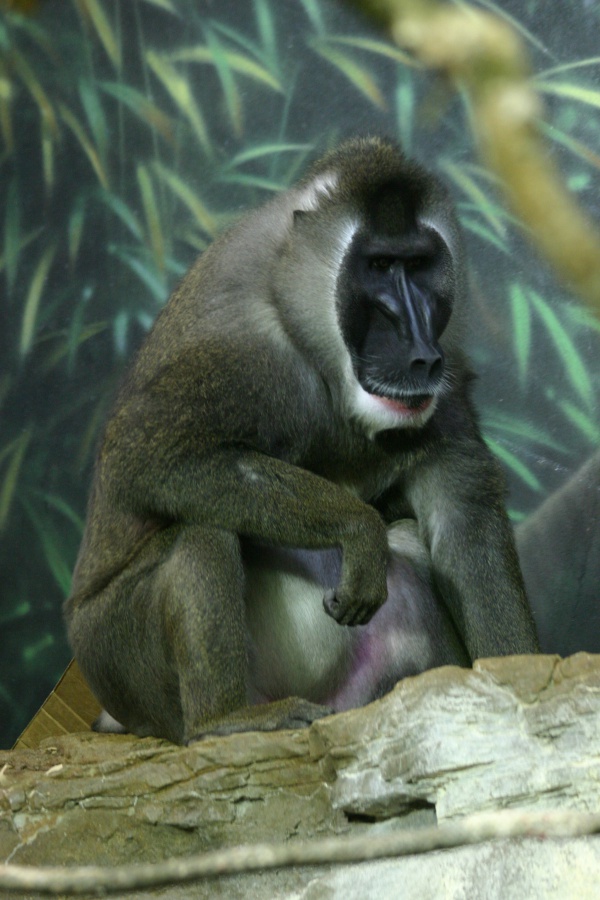Facts About Drill
The drill is a captivating primate belonging to the Cercopithecidae family, closely related to baboons and mandrills. These short-tailed monkeys can reach up to 70 cm in length. Males are significantly larger, weighing up to 50 kg, while females typically weigh around 12.5 kg. Drills possess a distinctive dark grey-brown body, with males displaying a pink lower lip and a white chin, highlighting a notable sexual dimorphism.
Drills live in multi-male, multi-female groups, usually led by a dominant male. They are semi-nomadic and mark their territory by rubbing their chests against trees. Their diet mainly consists of fruits, but they also consume herbs, roots, insects, and small mammals. Female drills typically give birth to a single offspring at a time, with twins being a rare occurrence.
These primates are found exclusively in certain regions of Nigeria, Cameroon, and Equatorial Guinea, inhabiting rainforest environments. Unfortunately, their global range is quite restricted, and they are critically endangered. Factors such as illegal hunting, habitat destruction, and human development have led to a significant decline in their population, with only about 3,000 individuals remaining in the wild.
The International Union for Conservation of Nature (IUCN) lists drills as a top conservation priority among African primates. Conservation efforts are underway, including maintaining some drills in captivity for breeding purposes. There are two recognized subspecies of drills, and despite their close relation to mandrills, they occupy separate regions, divided by the Sanaga River.

 Republic of the Congo
Republic of the Congo